What Are The Different Types Of Pins?
Pin fasteners are an extremely versatile type of fastener that are used by DIYers at home as well as experts in the engineering and mechanical industries. With so many different types of pins out there, it can be easy to confuse one type with another or to be unsure which type of pin you need for your project. This detailed guide aims to provide a comprehensive overview of pins, their unique properties, and the applications for which they are most often used.
Different Types of Pins:
| PIN TYPE | IMAGE | DESIGN & FUNCTION | APPLICATIONS | COMMON FINISHES |
| Split Pins |  |
Also known as cotter pins, these pins are manufactured from heavy wire that is bent in half and features a semi-circular section at the top. |
|
Steel, Brass, Self Colour |
| Dowel Pins | 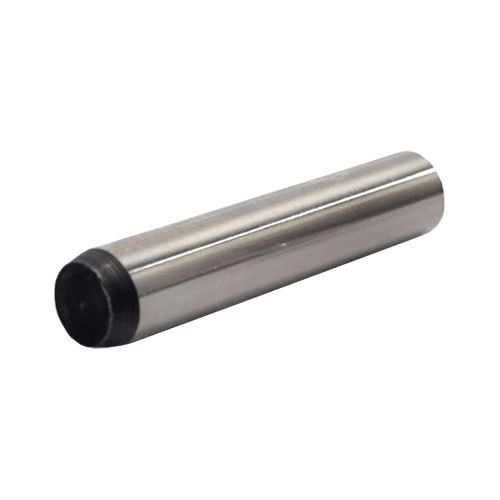 |
A small solid tube available in a wide variety of diameters in metric and imperial measurements. |
|
Wood, Steel, Self Colour, Black |
| Roll Pins |  |
A hollowed-out metal tube that is chamfered or rounded at both ends. |
|
Steel, Self Colour, Zinc plated |
| Spirol Pins | 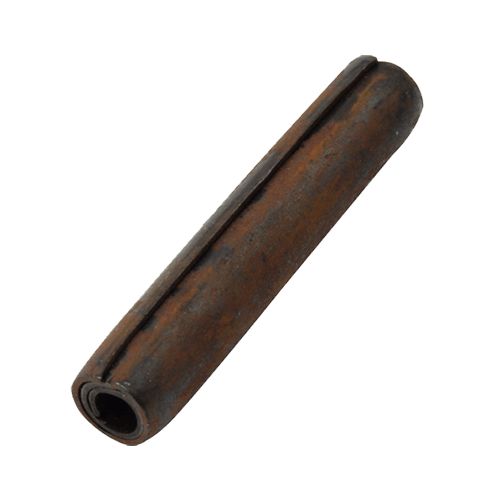 |
A coiled-up piece of sheet metal in the shape of a tube. |
|
Steel, Self Colour, Zinc Plated |
| Taper Pins |  |
A solid metal tube where one end has a larger diameter than the other. |
|
Self Colour, Zinc Plated |
| R Pins | 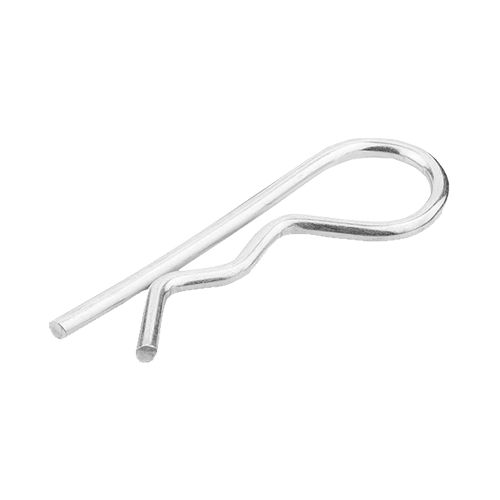 |
Also known as R clips, these pins are manufactured from hard wire and are shaped like the letter "R". |
|
Zinc Plated |
| Clevis Pins | 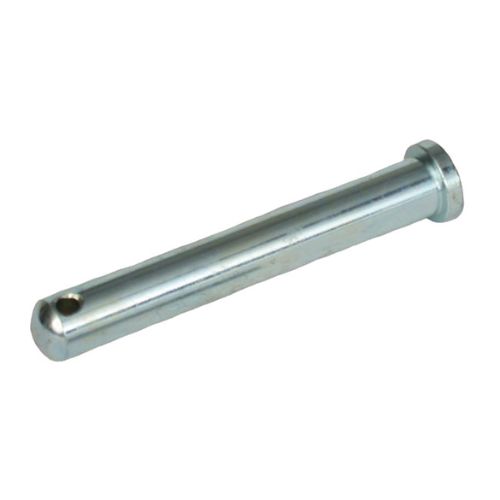 |
A metal cylinder with a round head at one end and a hole through the shank at the other end. |
|
Steel, Zinc Plated |
| Lynch Pins |  |
A solid metal tube with a hexagonal head that has a ring passing through it. |
|
Steel, Zinc Plated, Yellow Passivated, Brass |
| Detent Pins | 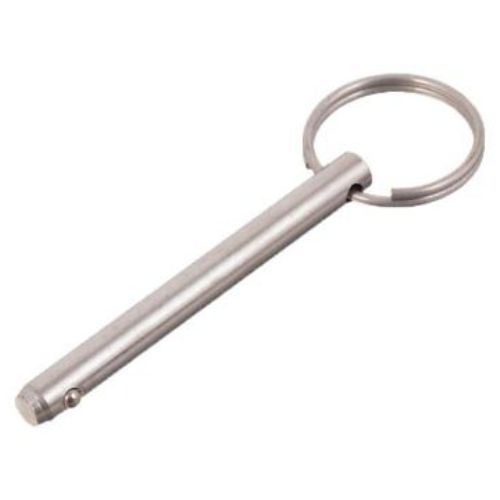 |
Detent pins are much like dowels in their designs, with the addition of a ring fed through a hole at one end and a detent at the other, hence their name. |
|
Steel, Zinc Plated |
| Grooved Pins | 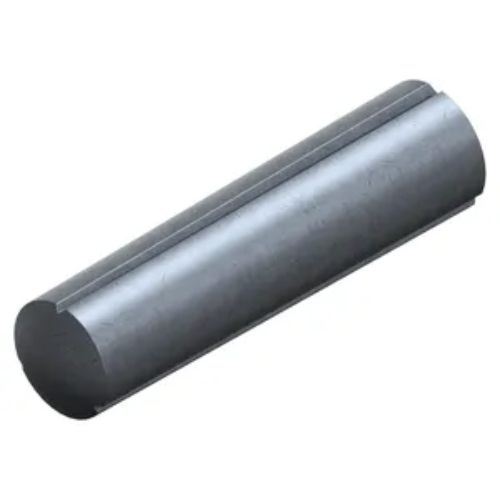 |
Again, groove pins are similar to dowel pins in their profile, however, they feature shallow grooves that run down the length of the pin. |
|
Steel, Zinc Plated |
| Wire Lock Pins |  |
A solid metal cylinder with a larger diameter head and a curved metal wire that is attached at the head end. |
|
Steel, Zinc Plated |
Common Materials Used in Pin Manufacturing
-
Stainless steel: used on a huge variety of fixings and fasteners due to its high strength as well as its rust and corrosion resistance properties. The two most common types of stainless steel are A2 and A4, check out our guide on the difference between a2 and a4 stainless steel for more information.
-
Carbon steel: an environmentally friendly option due to its ease of recycling, carbon steel is easy to weld and machine to make it fit a wide variety of applications. Whilst it does share the same resisting properties as stainless steel, carbon steel can be painted with protective materials.
-
Zinc: many pins are coated in zinc to create an added layer of resistance to the elements and to prevent moisture from reaching the base metal of the fastener.
-
Brass: another coating option is brass, which is an alloy of zinc and copper. It has anti-corrosion properties but the brass finish also serves as a decorative element.
What Industries Are Pin Fasteners Used In?
As previously mentioned, pins are not only used by DIYers, but also by professional engineers and mechanics. Some of the industries they are most commonly used in are:
-
The automotive industry: many of the pin types mentioned in this article are used in the production of vehicles. Taper pins are used in the creation of gearboxes since they can stop components from twisting and spring pins are used to secure bearings, bushings and shafts. You can learn more about this in our article: What are spring pins used for?
-
Aerospace and aviation: dowel pins are used to secure control surfaces to aircraft as well as to join structural components.
-
Industrial machinery and equipment: almost all of the various types of pins in the table above are used in machinery. Dowel pins are used to align machine parts to ensure accuracy and precision, spring pins are used to fix parts of a machine together and lynch pins stop components from sliding off of shafts and axles.
-
DIY projects: there are well-known uses for pin fasteners in DIY applications such as wooden dowels being used when building flat-packed furniture, but there are more creative uses that can easily be achieved without professional knowledge or tools such as using a lynch pin as a replacement tool box lock or using spring pins for creating functional closures for boxes.
For more information on pins, check out our other articles such as how to use dowel pins or feel free to get in contact with us.

